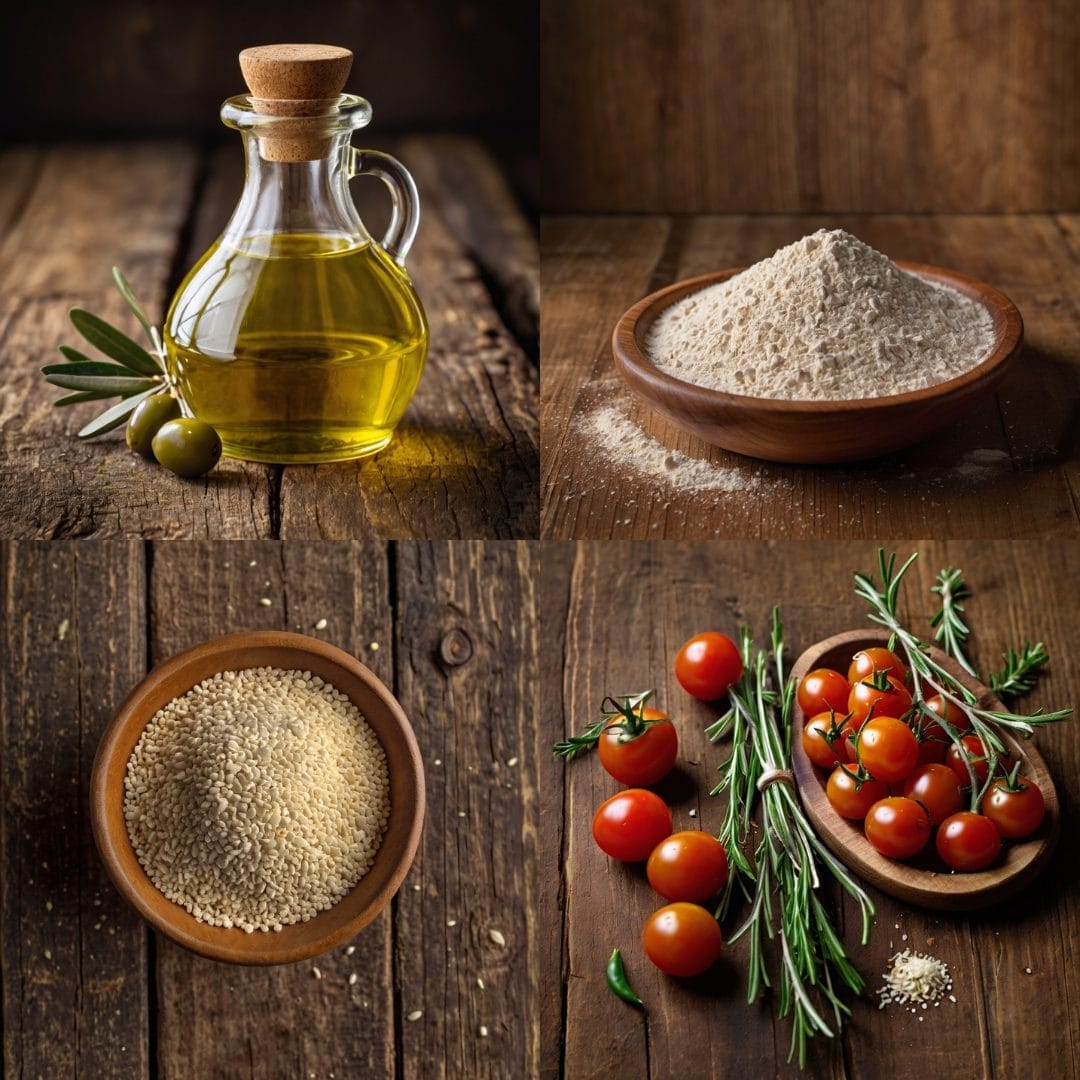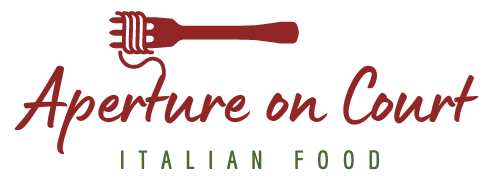Jump to Recipe
Have you ever wondered what makes traditional Italian bread so irresistible? In the heart of Italy, baking isn’t just a skill; it’s a cherished tradition. Today, I’m inviting you to join me on a culinary journey to uncover the secrets behind an authentic Italian focaccia recipe—a delicious olive oil bread passed down through generations.
Italian baking techniques are steeped in history and passion.
Each bite of focaccia tells a story of family, love, and tradition. Let’s dive into the art of creating an authentic focaccia that will bring the taste of Italy right to your kitchen.
The History and Origin of Italian Focaccia
The story of focaccia begins in the kitchens of ancient Rome. This beloved bread, known as panis focacius, was originally baked on hot stones. Its roots deeply embedded in ancient Roman bread-making traditions.
Focaccia evolved over centuries, becoming an indispensable part of Italian cuisine. Today, it exists in many regional variations, each with its own unique twist. One of the most famous versions is the Liguria focaccia, celebrated for its fluffy interior and golden, crispy crust.
In Liguria, focaccia is savored as both a breakfast treat and an accompaniment to meals. This flexibility attests to its timeless appeal across generations. Understanding focaccia history enriches our appreciation of this bread’s significance in Italian food culture.
Ingredients for a Perfect Authentic Italian Focaccia Recipe
The key to mastering Italian breadmaking lies in selecting the finest focaccia ingredients. Whether you’re a novice or a seasoned baker, these elements are crucial for achieving that authentic texture and taste.
Essential Ingredients
Start with high-quality flour. I prefer using Caputo “00” flour, known for its fine grind and superior texture. Next, you’ll need active dry yeast to help the dough rise perfectly.
No focaccia is complete without extra-virgin olive oil. This enhances flavor and gives the bread its characteristic golden crust. Sea salt is another must-have, adding a hint of sophistication to the taste profile. Lastly, don’t forget purified water; it ensures your dough has the right consistency.
Optional Additions
Want to elevate your focaccia? Fresh herbs like rosemary and thyme add aromatic depth. Olives, either green or black, contribute a burst of flavor and a touch of authenticity. Sun-dried tomatoes are another excellent choice, offering a sweet, tangy contrast.
These optional additions transform a classic focaccia into a gourmet experience, making every bite memorable.

Step-by-Step Guide to Making Authentic Italian Focaccia Recipe
Dive into the art of crafting a delicious homemade focaccia with this detailed focaccia-making guide. Let’s begin our journey to mastering this classic Italian bread recipe.
Preparing the Dough
Start by gathering your ingredients. Combine flour, water, yeast, and salt in a large mixing bowl. Begin kneading the dough until it reaches a smooth, elastic consistency.
This step is crucial for developing the gluten structure that gives focaccia its characteristic texture. Allow the dough to rise in a warm place until it doubles in size.
Shaping and Topping
Once the dough has risen, transfer it to a generously oiled baking sheet. Use your fingers to gently press and stretch the dough to fit the pan. This creates the iconic dimples on the surface.
For toppings, you can stick with classic rosemary and sea salt or get creative with ingredients like olives, cherry tomatoes, and garlic. This not only enhances the flavor but also makes the focaccia visually appealing.
Baking to Perfection
Preheat your oven to 450°F (230°C). Once your dough is shaped and topped, leave it to rest for another 10–15 minutes. This short rest allows the dough to relax slightly, ensuring a fluffy interior.
Bake the focaccia in the preheated oven for about 20–25 minutes, or until it turns golden brown with a crispy crust. The key to a perfect Italian bread recipe lies in achieving this balance of textures.
Enjoy your homemade focaccia right out of the oven or let it cool to room temperature. Whichever way you prefer, this timeless Italian delight is bound to impress!

Tips and Tricks for the Best Focaccia
When it comes to creating the best focaccia, a few expert tips can go a long way. Let’s delve into the secrets that will elevate your artisan focaccia baking to the next level.
Using High-Quality Ingredients
The foundation of any exceptional focaccia starts with high-quality ingredients. Use the best flour you can find; Italian ’00’ flour is highly recommended.
The richness of extra-virgin olive oil and the complexity of sea salt enhance the bread’s flavor profoundly. Fresh ingredients like rosemary or cherry tomatoes can elevate the taste even further.
Making It Ahead of Time
One of my favorite Italian baking secrets is preparing the dough ahead of time. Allowing the dough to rest in the refrigerator overnight deepens the flavor and improves the texture.
This slow fermentation process is key among essential bread baking tips and ensures that your focaccia is light, airy, and full of character. For best results, bring the dough to room temperature before baking it to achieve that perfect crust and softness inside.

Authentic Italian Focaccia
Ingredients
Method
- Preparing the Dough:
- In a large mixing bowl, combine the flour, yeast, and sea salt.
- Gradually add the warm water and olive oil, stirring until a dough forms.
- Knead the dough on a floured surface for about 10 minutes until it’s smooth and elastic.
- Place the dough in an oiled bowl, cover it with a damp cloth, and let it rise in a warm spot until it doubles in size (about 1-2 hours).
- Shaping and Topping:
- Preheat your oven to 450°F (230°C).
- Transfer the risen dough onto a generously oiled baking sheet.
- Use your fingers to gently stretch and press the dough to fit the pan, creating dimples on the surface.
- Drizzle olive oil over the dough and sprinkle with sea salt flakes. Add optional toppings like rosemary, olives, cherry tomatoes, or garlic.
- Baking to Perfection:
- Let the topped dough rest for another 10-15 minutes to relax slightly.
- Bake in the preheated oven for 20-25 minutes, or until the focaccia is golden brown and crispy on the edges.
- Remove from the oven and allow it to cool slightly before slicing and serving.
Notes
Serve the focaccia warm for the best experience, but it can also be enjoyed at room temperature.
Conclusion
Baking an authentic Italian focaccia recipe is an art steeped in tradition and bursting with flavor. By diving into this perfect focaccia baking journey, you’ve not only crafted a delicious bread but also embraced a cherished Italian bread tradition.
From understanding the rich history of focaccia to meticulously selecting the best ingredients, every step is crucial to mastering a successful authentic Italian focaccia recipe.
Remember, using high-quality ingredients and allowing time for preparation can elevate your focaccia from good to extraordinary.
Each effort put into kneading the dough, shaping, topping, and baking ensures the texture, aroma, and taste reflect the true essence of Italian breadmaking.
As you put your newly learned skills to the test, I hope you find joy and satisfaction in every bite. There’s something profoundly rewarding about creating a homemade focaccia that honors tradition and excites taste buds.
Now, roll up those sleeves, and let’s keep the Italian bread tradition alive in your very own kitchen. Buon appetito!
